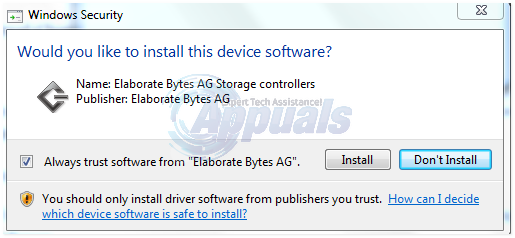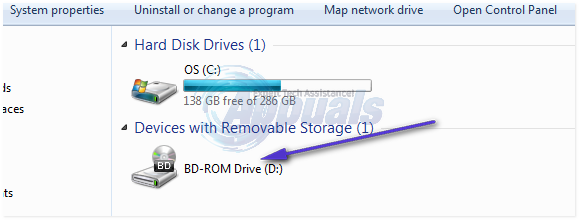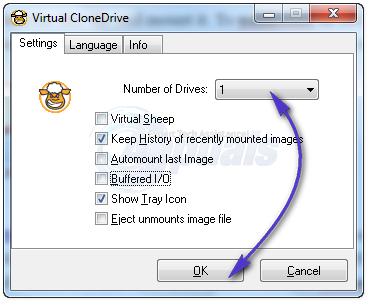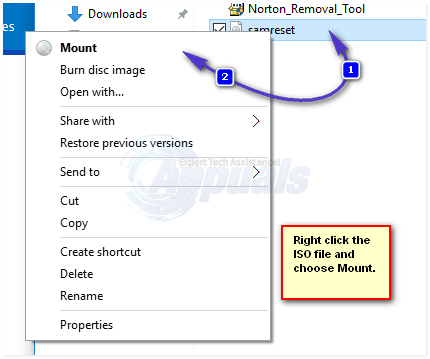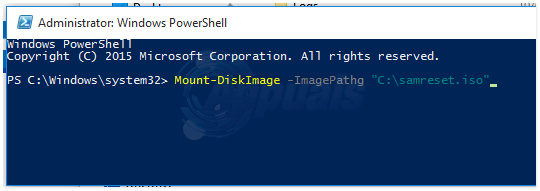Mounting an ISO file is not exactly a straightforward operation – at least not on older versions of the Windows Operating System – and can be a bit puzzling for novice Windows users who have never dealt with an ISO file before. However, all you need to know is that it is entirely possible for you to trick your computer into thinking that a virtual file is actually a physical CD or DVD with all of its 1s and 0s.
On Windows 7 and Vista:
Windows 7 and Vista, unlike their successors (more on that later!) do not have a built-in means of mounting ISO files that users can exploit and use. Since that is the case, Windows 7 and Vista users need to use a third-party program to mount ISO files – a program such as Virtual CloneDrive. Virtual CloneDrive is a program that basically creates a couple of virtual CD/DVD drives on your Windows 7 or Vista computer, and allows you to then mount ISO files (or CCD, DVD, IMG, UDF or BIN files, for that matter) onto these virtual drives. To mount an ISO file using Virtual CloneDrive, you need to: Go here and download Virtual CloneDrive. Open the setup file for the utility. Select a Full install, click on Next and follow the onscreen instructions to install the utility. If presented with a hardware / security prompt, click on OK.
If asked to restart your computer, restart. Once Virtual CloneDrive has been installed, you will be able to see to virtual CD/DVD drives along with your actual one in Windows Explorer.
To mount an ISO file after installing Virtual CloneDrive, simply double-click on the ISO file of right-click on one of the virtual CD/DVD drives created by the utility, hover over Virtual CloneDrive, click on Mount…, browse to the directory where the ISO file is stored, select the ISO file and mount it. To unmount an ISO file, right-click on the virtual CD/DVD drive on which it is mounted, hover over Virtual CloneDrive and click on Unmount.
Windows 7 and Vista users can also use Virtual CD-ROM Control Panel – a piece of freeware created and distributed by Microsoft itself – to mount ISO files. However, it should be noted that Microsoft’s ISO mounting utility is fairly old and that most experienced Windows 7 and Vista users prefer Virtual CloneDrive over Microsoft’s Virtual CD-ROM Control Panel. If you want to mount additional ISO’s. Open the Virtual CloneDrive pane, and change the number of drives.
Mount ISO on Windows 8 and 10:
Fortunately for users of Windows 8 and 10 – the latest and greatest in the Windows Operating System scene, Microsoft decided to add built-in ISO mounting capabilities to the latest iterations of their massively popular Operating System. Windows 8 and 10 are both able to mount ISO files by default without any help from third-party programs. All you have to do in order to mount an ISO file on a Windows 8 or Windows 10 computer is double-click on the ISO file or right-click on it and click on Mount. The ISO file will then show up as a CD/DVD in Windows Explorer. To unmount a mounted ISO file, all you need to do is right-click on it in Windows Explorer and click on Eject, which is exactly what you would do to signal your computer to eject a physical CD/DVD once you are done using it.
You can also mount an ISO file in Windows 8 and Windows 10 by opening a Windows PowerShell window, typing the following command into it and pressing Enter: Make sure that you replace Full path of ISO file with the actual path of the ISO file you want to mount. Also, do not remove the quotation marks; they are a part of the command.
You can also unmount an ISO file in Windows 8 and Windows 10 by right-clicking on the Start Menu button to open the WinX Menu, clicking on Command Prompt (Admin) to open an elevated Command Prompt, typing the following command into the Command Prompt and pressing Enter: Replace DriveLetter with the CD/DVD drive letter assigned to the mounted ISO file (F: – for example). The final command will look something like:
How to Burn a Windows 10 ISO File to a DVDHow to Create a Bootable Windows 10 ISO from a Windows 10 ESD FileThe 5 Best Wall Mount PC Cases In 2022How to Fix TWRP Unable to Mount Storage, Internal Storage 0MB
